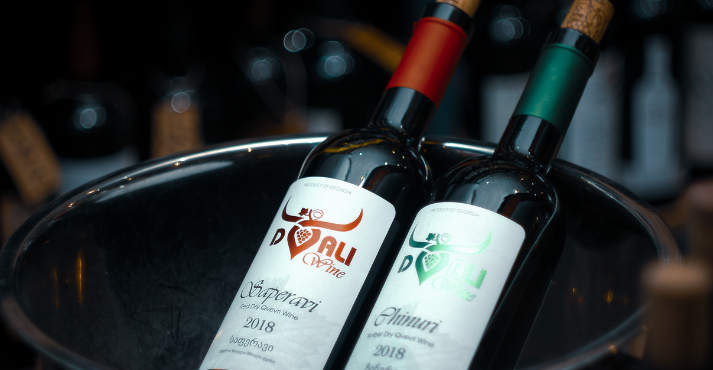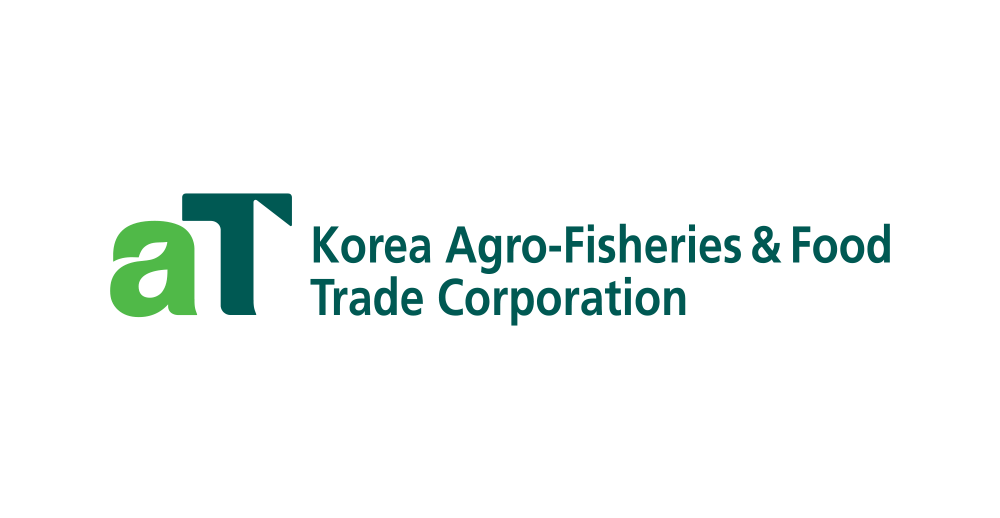Wine labels are more than just decorative designs; they are essential tools that convey critical information about a wine’s origin, grape variety, producer, vintage, and production methods.
Understanding these labels is key for businesses in the wine industry. It allows them to make informed purchasing decisions and offer customers the best selections.
A thorough knowledge of wine labels can enhance wine appreciation and ensure that your chosen wines align with your customer’s preferences and expectations.
This guide will help you learn to read a wine label, enabling you to select quality wines with confidence and cater to your clientele’s diverse tastes.
Essential Elements of a Wine Label

Understanding the information on a wine label is essential for making informed choices and appreciating different wines.
Let’s explore the key elements you’ll often find on wine labels and how they can help you decipher the story behind each bottle.
1. Producer Information

The producer’s name and location provide valuable insights into the wine’s origin and potential quality.
A renowned producer from a prestigious wine region may indicate a wine of exceptional craftsmanship and terroir expression.
Knowing the producer can also help establish style, consistency, and reputation expectations within the wine community.
2. Grape Varietal
Many wines display the primary grape variety or blend used in their production. Understanding the grape varietal can reveal the wine’s flavor profile, acidity, and body weight.
For example, a wine labeled “Chardonnay” will likely exhibit characteristics such as citrus and orchard fruits and a medium to full body.
At the same time, a “Cabernet Sauvignon” may showcase dark fruits, firm tannins, and a full-bodied structure.
3. Appellation or Region
The appellation or region specified on a wine label indicates where the grapes were grown, and the wine was produced.
This geographical information can convey specific regulations governing grape varietals, production methods, and quality standards.
For instance, wines labeled with renowned appellations like Bordeaux in France or Napa Valley in California often command attention due to their esteemed reputations and adherence to strict winemaking traditions.
4. Vintage or Non-Vintage (NV)
The vintage year specifies the year the grapes were harvested and is particularly relevant for wines made from a single harvest.
Vintage variations can significantly influence a wine’s characteristics, as climatic conditions during the growing season can impact grape ripeness, acidity, and flavor concentration.
Conversely, non-vintage (NV) wines are blends of multiple vintages, aiming for consistency in style and flavor profile year after year.
5. Alcohol Content (ABV)
The alcohol by volume (ABV) displayed on the label indicates the percentage of alcohol present in the wine.
This information can be a factor in choosing a wine based on personal preference, occasion, or desired level of intoxication.
Wines with higher ABV may be fuller-bodied and richer in flavor. In comparison, those with a lower ABV may be lighter and more refreshing, suitable for casual wine pairing with food.
Understanding these essential elements of a wine label empowers you to navigate the vast world of wine confidently.
It enables you to select wines that align with your preferences and elevate your wine-drinking experience.
Navigating Wine Production Methods
Wine production methods include various techniques influencing a wine’s style, flavor, and characteristics.
Understanding these methods and how they are indicated on wine labels can provide valuable insights into the wine-drinking experience.
Common Wine Production Methods

- Still Wine: Still wine refers to wines that are not carbonated or sparkling. These wines are made by fermenting grape juice without introducing additional carbon dioxide. Wine labels typically label still wines simply as “Wine” or specify the grape varietal or blend used.
- Sparkling Wine: Sparkling wine undergoes a secondary fermentation process that produces carbon dioxide, resulting in effervescence or bubbles. Common sparkling wine styles include Champagne, Prosecco, and Cava. Sparkling wines are indicated on labels with terms such as “Sparkling,” “Champagne,” or “Méthode Champenoise” (for traditional method sparkling wines).
- Fortified Wine: Fortified wine adds a distilled spirit, such as brandy, to wine during or after fermentation. This process increases the alcohol content and often produces a sweeter, more intense flavor profile. Examples of fortified wines include Port wine, Sherry wine, and Madeira. Fortified wines are labeled as such, with terms like “Port” or “Sherry” prominently displayed.
Labeling Terms for Sustainable Practices
In addition to production methods, wine labels may feature terms related to environmentally conscious production practices.
Organic, biodynamic, and sustainable wine labels indicate the vineyard and winery’s commitment to minimizing environmental impact and promoting biodiversity.
- Organic: Wines labeled as organic are made from grapes grown without synthetic pesticides, herbicides, or fertilizers. Organic certification requires adherence to strict guidelines set by governing bodies.
- Biodynamic: Biodynamic wine farming incorporates holistic and spiritual principles, viewing the vineyard as a self-sustaining ecosystem. Biodynamic wines are produced using organic methods and follow biodynamic farming practices, such as lunar cycles and natural preparations.
- Sustainable: Sustainable wine production focuses on environmental stewardship, social responsibility, and economic viability. Sustainable wineries prioritize practices that conserve water, reduce energy consumption, and promote biodiversity while supporting the local community.
These labeling terms reassure environmentally conscious consumers, allowing them to make informed choices that align with their values and preferences.
By understanding these production methods and labeling terms, wine enthusiasts can navigate the world of wine with greater confidence and appreciation for the craftsmanship behind each bottle.
Reading Wine Label Regulations and Certifications
Wine label regulations and certifications ensure transparency, quality, and consumer confidence in the wine industry.
Regulatory bodies, such as the Alcohol and Tobacco Tax and Trade Bureau (TTB) in the United States and the European Union’s wine regulations, establish labeling laws that govern the information on wine labels.
These laws often dictate requirements for labeling elements such as grape varietal, vintage, alcohol content, and geographical origin.
Certifications assure a wine’s quality and adherence to specific standards. Organic certifications indicate that grapes were grown without synthetic pesticides or fertilizers.
In contrast, vegan certifications certify that no animal-derived products were used in winemaking. Sustainable certifications verify environmentally friendly production practices, such as water conservation and biodiversity preservation.
Certified labels are increasingly essential to meet consumer preferences and expectations for transparency and ethical production.
By understanding wine label regulations and certifications, consumers can make informed choices that align with their values and dietary preferences, fostering trust and loyalty in the wine industry.
A Guide to Understanding Wine Labels (FAQs)
How do you read the expiration date on wine?
Wine typically does not have an expiration date like perishable foods. Instead, it has a “vintage” year, which indicates the year the grapes were harvested.
While most wines are meant to be consumed within a few years of the vintage, some high-quality wines can improve with age, so it’s more about the vintage than a specific expiration date.
How to tell if a wine is dry by the label?
To determine if a wine is dry, look for terms on the label such as “dry,” “extra dry,” or “brut” for sparkling wines.
Wines labeled with grape varietals like “Chardonnay” or “Sauvignon Blanc” tend to be dry, while those labeled with “Riesling” or “Moscato” are often sweeter.
What is the 75-85-95 rule?
The 75-85-95 rule is a guideline for serving wine at the correct temperature. It suggests serving red wine at 75°F (24°C), white wine at 55°F (13°C), and sparkling wine at 45°F (7°C) for optimal flavor and aroma.
Conclusion
Understanding how to read a wine label is essential for making informed choices and enhancing your wine-drinking and serving experience.
You gain insights into the wine’s origin, quality, and production methods by discovering the information presented on the label, such as producer details, grape varietal, appellation, and certifications.
Labeling regulations and certifications ensure transparency and help meet consumer preferences for sustainability, organic practices, and dietary considerations.
Additionally, knowing how to interpret terms related to wine expiration, dryness, and serving temperature helps you select wines that suit the client’s taste preferences.





























